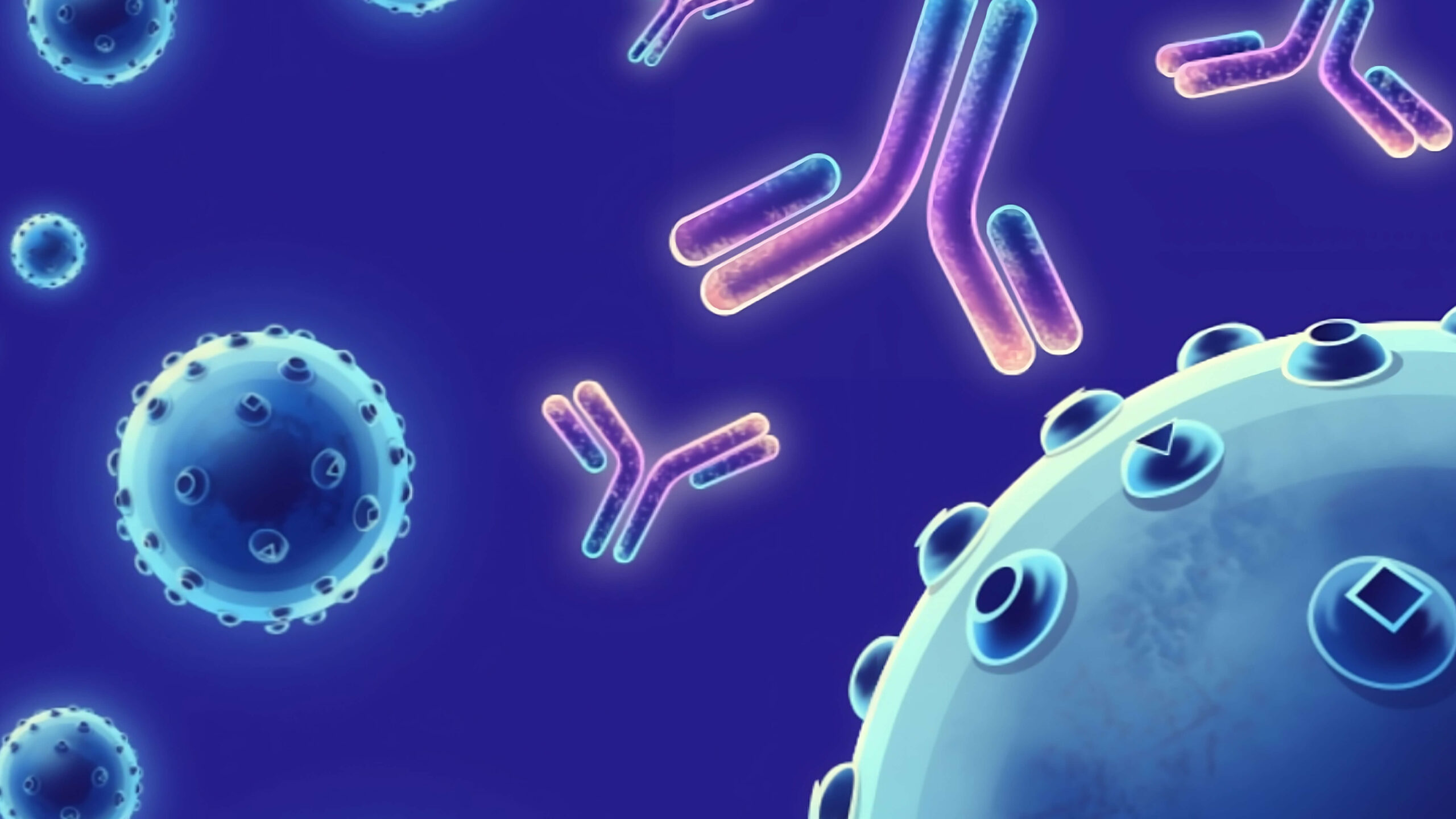Description
FGFR2, also known as CD332, belongs to the fibroblast growth factor receptor subfamily where amino acid sequence is highly conserved between members and throughout evolution. FGFR2 acts as cell-surface receptor for fibroblast growth factors and plays an essential role in the regulation of cell proliferation, differentiation, migration and apoptosis, and in the regulation of embryonic development. It is required for normal embryonic patterning, trophoblast function, limb bud development, lung morphogenesis, osteogenesis and skin development. FGFR2 plays an essential role in the regulation of osteoblast differentiation, proliferation and apoptosis, and is required for normal skeleton development. It also promotes cell proliferation in keratinocytes and imature osteoblasts, but promotes apoptosis in differentiated osteoblasts. FGFR2 signaling is down-regulated by ubiquitination, internalization and degradation. Mutations that lead to constitutive kinase activation or impair normal CD332 maturation, internalization and degradation lead to aberrant signaling. Over-expressed FGFR2 promotes activation of STAT1. Defects in CD3322 are the cause of Crouzon syndrome, Jackson-Weiss syndrome, Apert syndrome, Pfeiffer syndrome, Beare-Stevenson cutis gyrata syndrome, familial scaphocephaly syndrome, lacrimo-auriculo-dento-digital syndrome and Antley-Bixler syndrome without genital anomalies or disordered steroidogenesis.
Target
FGFR2
Target Alias Names
BBDS, BEK, BFR-1, CD332, CEK3, CFD1, ECT1, JWS, K-SAM, KGFR, TK14, TK25
Isotype/Mimetic
Mouse IgG1
Animal-Derived Biomaterials Used
No
Sequence Available
No
Original Discovery Method
Hybridoma technology
Antibody/Binder Origins
Animal-dependent discovery, post-2020, In vitro recombinant expression

